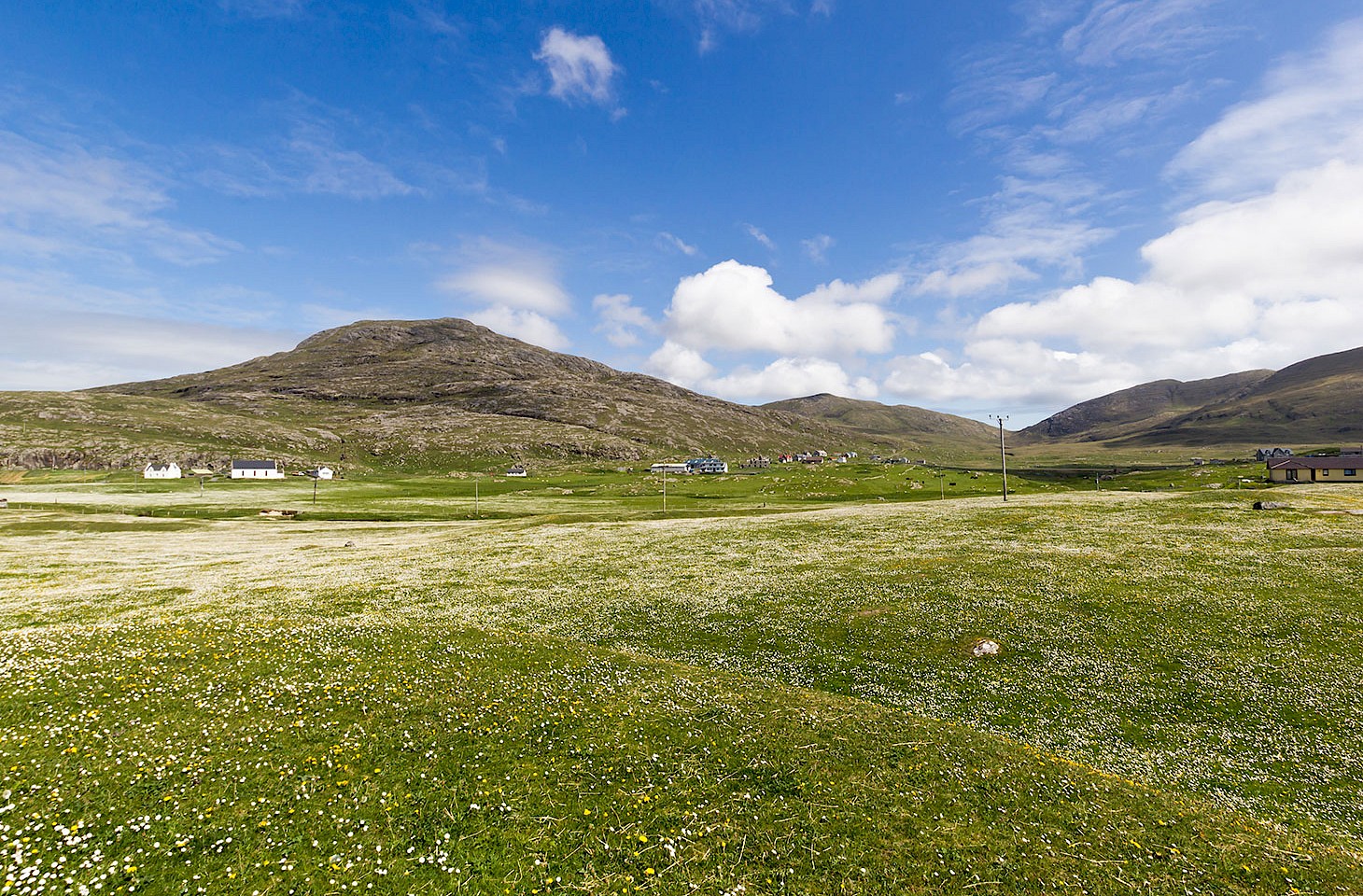Few islands evoke such mixed reactions as South Uist. Many who visit this outpost in Scotland’s Outer Hebrides are seduced by the serenity of the landscape and the warmth of its people. After a period serving as the first Catholic head teacher to be posted to the island since the Reformation, FG Rea wrote of the community hewas leaving: “Simple folk, brave, enduring, generous and warm hearted, true and faithful friends.”
Not everyone agrees. The clairvoyant Ada Goodrich Freer, who visited in the 1890s when Reawas on the island, inclined to a harsher view: “The most forsaken spot on God’s earth,” she wrote of the island. Freer elaborated: “The very existence ofthe island of South Uist is itself a tragedy which shames our civilization.”
The lie of the land
South Uist is an island of extraordinary contrasts. It runs for about 40 kilometres from north to south and is rarely more than a dozen kilometres in width. Antique maps of the Outer Hebrides sometimes refer to the entire archipelago, from the Point of Ness in the north right down to Barra Head in the south, as ‘The Long Isle’ (An t-Eilean Fada in Gaelic). South Uist can take much of the blame for that. It’s long, straggly and — in theview of some travellers — a water-strewn bog with little to detain those in a rush. Some observe that South Uist gets in the way as visitors travel from South Harris, with its remarkable beaches, down to beautiful Barra. Whereas Barra and South Harris are pleasingly round in shape — the archetypal island of the imagination — South Uist is elongate, a wild straggle of land and water that cartographers have painstakingly endeavoured to map accurately. It’s not easy!
There is only one main road, and it runsthe entire length of the island. Since 1942, SouthUist has been linked to its northernneighbourBenbecula by a road which bridges the shallow tidal inlet betweenthe two islands. That link iscalled South Ford Causeway.
It was not till 60 years later that the causeway across to Eriskay, the next island south of South Uist, was opened. With the opening in 2003 of the Sound of Barra car ferry, linking Eriskay with Barra, it became all too tempting for motorists to just dash through South Uist, without so much as even setting foot on the island.The drive from the end of South Ford Causeway down to the start of the elegant causeway and bridge over to Eriskay takes barely an hour. And, for almost the entire length of South Uist, that road traverses a melancholy strip of blacklands — peaty bog, riddled with freshwater lochs where, before the coming of proper roads, the hapless traveller would, in the absence of a competent local guide, struggle to make progress.
But there’s more to Uist than the blacklands.




